Home>Gardening & Outdoor>Plant Care & Gardening Tips>How To Plant Only Native Plants In Iowa
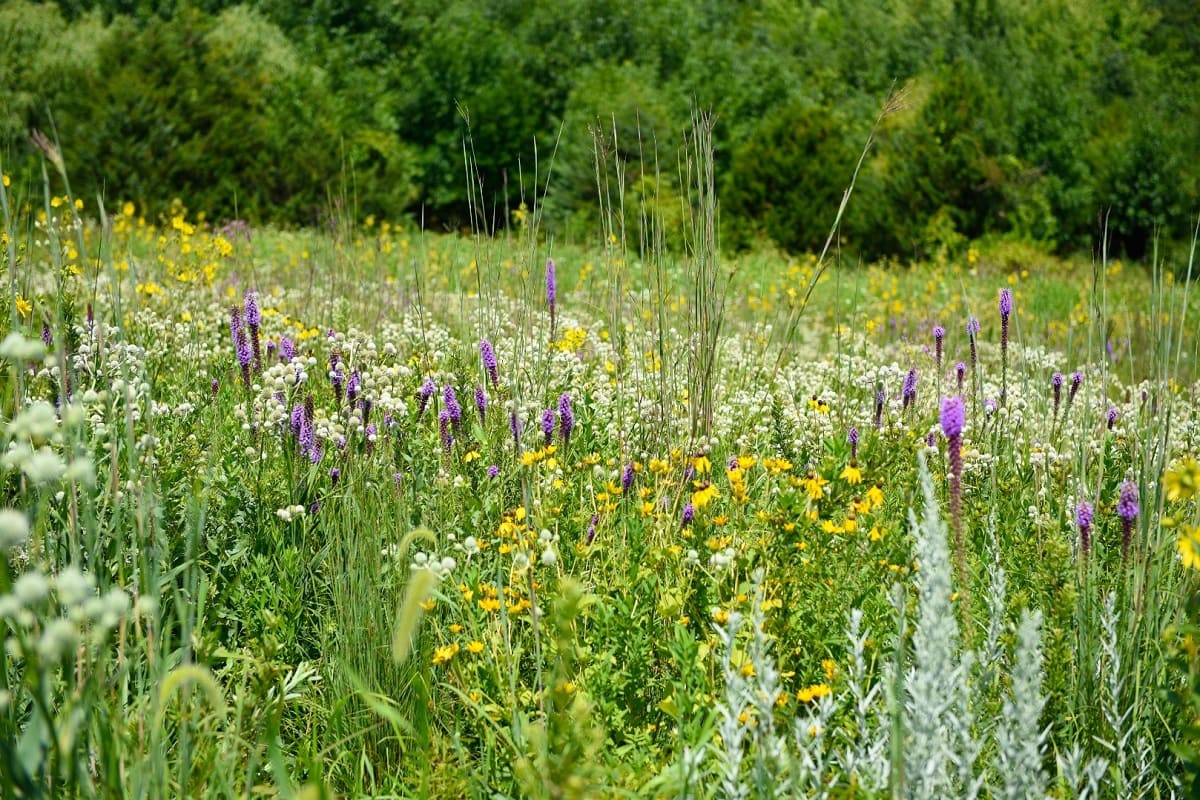

Plant Care & Gardening Tips
How To Plant Only Native Plants In Iowa
Modified: January 6, 2024
Learn how to plant and care for native plants in Iowa with our expert gardening tips. Create a beautiful and sustainable garden with native plant species. Discover the benefits today!
(Many of the links in this article redirect to a specific reviewed product. Your purchase of these products through affiliate links helps to generate commission for Storables.com, at no extra cost. Learn more)
**
Introduction
**
Are you a nature enthusiast in Iowa looking to cultivate a vibrant and sustainable garden? Embracing the beauty and resilience of native plants is a wonderful way to enhance your outdoor space while supporting the local ecosystem. In this guide, we will explore the art of planting only native plants in Iowa, offering valuable insights into their significance, benefits, and the best practices for selecting and nurturing them. By delving into this enriching endeavor, you can contribute to the preservation of Iowa's natural heritage while creating a captivating and eco-friendly landscape right in your own backyard. So, let's embark on this green-fingered journey and discover the wonders of native plant gardening in Iowa! Let's get started!
**
Key Takeaways:
- Embracing native plants in your Iowa garden supports the environment, conserves water, and requires less maintenance, creating a beautiful and sustainable landscape that benefits local wildlife.
- By planting native species, you become a steward of Iowa’s natural heritage, contributing to biodiversity conservation and inspiring environmental consciousness within your community.
Read more: What Is A Native Plant
Understanding Native Plants
**
Before delving into the world of native plant gardening, it’s essential to grasp the concept of native plants and their significance. Native plants are those that occur naturally in a particular region, having evolved and adapted to the local climate, soil, and environmental conditions over thousands of years. In Iowa, these plants have become integral components of the state’s ecosystems, playing crucial roles in supporting wildlife, conserving soil, and preserving biodiversity.
One of the defining characteristics of native plants is their ability to thrive without the need for excessive maintenance or chemical inputs. Thanks to their deep-rooted resilience, they can withstand Iowa’s climate fluctuations, including temperature extremes and precipitation variations. Furthermore, native plants have developed intricate relationships with indigenous pollinators, such as bees and butterflies, contributing to the overall health of the ecosystem.
Understanding the unique attributes of native plants also involves recognizing their diverse array of species, ranging from vibrant wildflowers and grasses to majestic trees and shrubs. Each species has its own distinct features and ecological functions, making them valuable assets for both gardeners and the environment. By cultivating a deeper understanding of native plants, you can cultivate a profound appreciation for the intricate web of life that they sustain.
As we continue our exploration, we will uncover the myriad benefits of integrating native plants into your Iowa garden, shedding light on the positive impact they can have on the local environment and your gardening experience.
**
Benefits of Planting Native Plants
**
Embracing native plants in your Iowa garden offers a plethora of benefits that extend far beyond aesthetic allure. By nurturing these indigenous botanical wonders, you can make a meaningful contribution to the environment while reaping rewards in your own backyard.
1. Environmental Resilience:
Native plants are inherently resilient, having adapted to Iowa’s specific climate, soil, and environmental conditions over centuries. By incorporating them into your garden, you are fostering a landscape that can withstand local challenges such as drought, floods, and temperature fluctuations. This resilience reduces the need for excessive watering, chemical fertilizers, and pesticides, thereby promoting a more sustainable and eco-friendly gardening approach.
2. Biodiversity Conservation:
Planting native species in your garden plays a vital role in preserving Iowa’s rich biodiversity. These plants provide essential habitats and food sources for indigenous wildlife, including birds, insects, and small mammals. By creating a welcoming environment for local fauna, you can contribute to the conservation of Iowa’s natural heritage while enjoying the beauty of diverse wildlife visiting your garden.
3. Water Conservation:
Native plants have evolved to thrive in the local climate, often requiring minimal irrigation once established. Their deep root systems enhance soil structure, promoting better water infiltration and reducing the risk of erosion. By choosing native plants, you can play a part in conserving water resources and promoting sustainable gardening practices in Iowa.
4. Low Maintenance and Cost-Effectiveness:
Unlike non-native ornamental plants, native species are well-suited to Iowa’s environmental conditions, reducing the need for extensive maintenance, chemical interventions, and costly upkeep. Once established, they can flourish with minimal intervention, saving you time and resources while contributing to a healthier ecosystem.
5. Educational and Aesthetic Value:
Introducing native plants into your garden provides an excellent opportunity to educate and inspire others about the importance of local flora and fauna. Their diverse colors, textures, and seasonal variations offer an ever-changing tapestry of beauty, enriching your outdoor space and fostering a deeper connection to the natural world.
By harnessing the numerous benefits of planting native species, you can create a thriving and sustainable garden that harmonizes with Iowa’s natural landscape, while positively impacting the environment and local wildlife.
**
Identifying Native Plants in Iowa
**
Recognizing native plants in Iowa is an enriching and rewarding pursuit that allows you to connect with the state’s natural heritage on a deeper level. Whether you are exploring the prairies, woodlands, or wetlands, understanding the characteristics of native flora can be a fulfilling and educational experience.
1. Regional Field Guides and Resources:
One of the most effective ways to identify native plants in Iowa is by utilizing regional field guides and online resources. These valuable references provide detailed descriptions, vivid photographs, and habitat information for a wide array of native species. By familiarizing yourself with these resources, you can confidently identify and appreciate the diverse flora that graces Iowa’s landscapes.
2. Botanical Gardens and Nature Preserves:
Visiting botanical gardens, nature preserves, and local parks can offer firsthand encounters with native plants in their natural habitats. These excursions provide opportunities to observe and learn about Iowa’s indigenous flora, enabling you to recognize their unique features, growth patterns, and ecological roles. Many of these sites also offer educational programs and guided tours that can deepen your understanding of native plants.
3. Community Engagement and Expert Guidance:
Engaging with local gardening clubs, conservation organizations, and botanical societies can connect you with experienced enthusiasts and experts who are passionate about native plants. These communities often host workshops, plant identification walks, and educational events that foster a supportive and knowledgeable network for plant enthusiasts in Iowa.
4. Online Databases and Citizen Science Initiatives:
Online databases and citizen science initiatives provide valuable platforms for learning about native plants and contributing to their conservation. Websites dedicated to Iowa’s flora offer comprehensive plant databases, interactive identification tools, and opportunities to participate in citizen science projects, allowing you to actively contribute to the understanding and preservation of native species.
By immersing yourself in these avenues of exploration, you can develop a keen eye for identifying native plants in Iowa, enriching your gardening endeavors and deepening your appreciation for the natural splendor that surrounds you.
**
When planting native plants in Iowa, research which species are native to the area and choose those for your garden. Look for local nurseries that specialize in native plants to ensure you are getting the right species for your region.
Selecting and Obtaining Native Plants
**
Choosing the right native plants for your Iowa garden is a pivotal step in creating a thriving and sustainable landscape. Whether you are embarking on a prairie restoration project or adding native flowering perennials to your flower beds, thoughtful selection and responsible sourcing are essential to the success of your gardening endeavors.
1. Research and Planning:
Before selecting native plants, it’s crucial to research the specific species that are well-suited to your garden’s location, soil type, and sunlight exposure. Consider the natural habitats of these plants in Iowa, such as prairies, woodlands, or wetlands, and identify species that align with your garden’s ecological conditions. Creating a detailed planting plan will guide your selection process and ensure the harmonious integration of native plants into your landscape.
2. Local Nurseries and Native Plant Sales:
Supporting local nurseries and attending native plant sales are excellent ways to obtain indigenous flora for your garden. Many nurseries in Iowa specialize in native plants, offering a diverse selection of species that have been sustainably propagated and nurtured. By acquiring plants from local sources, you can enhance the genetic diversity of native species in your area while receiving valuable guidance on their care and maintenance.
3. Seed Collection and Propagation:
Engaging in seed collection and propagation activities can be a rewarding and cost-effective approach to obtaining native plants. With proper permits and ethical considerations, you can responsibly collect seeds from native plant populations or participate in seed exchanges with local conservation organizations. Additionally, learning the art of seed germination and propagation techniques allows you to cultivate a deeper connection with native plants while expanding their presence in your garden.
4. Collaboration with Conservation Organizations:
Collaborating with conservation organizations and native plant nurseries can provide access to rare and specialized native species that are crucial for ecological restoration and biodiversity conservation efforts. By supporting these organizations, you contribute to the preservation of Iowa’s native flora and the restoration of vital habitats for indigenous wildlife.
By thoughtfully selecting and responsibly obtaining native plants, you can enrich your garden with the beauty and resilience of Iowa’s indigenous flora, while actively contributing to the conservation of the state’s natural heritage.
**
Planting and Caring for Native Plants in Iowa
**
Once you have selected an array of native plants for your Iowa garden, it’s time to embark on the fulfilling journey of planting and nurturing these botanical treasures. By employing mindful planting techniques and adopting sustainable care practices, you can establish a flourishing ecosystem that celebrates the resilience and beauty of Iowa’s native flora.
1. Site Preparation and Planting:
Before planting native species, it’s essential to prepare the site to mimic their natural habitats. Assess the soil composition, drainage patterns, and sunlight exposure to ensure optimal conditions for your plants. When planting, be mindful of the spacing requirements and plant at the appropriate depth to promote healthy root development. Water the plants thoroughly after planting to facilitate their establishment.
2. Mulching and Watering:
Applying a layer of organic mulch around native plants helps retain soil moisture, suppress weed growth, and regulate soil temperature, fostering a conducive environment for their growth. While native plants are adapted to Iowa’s climate, providing supplemental watering during dry spells is beneficial, especially during the initial establishment phase. Once established, most native plants require minimal watering, contributing to water conservation efforts.
3. Sustainable Maintenance Practices:
Embracing sustainable maintenance practices, such as minimal to no chemical inputs and reduced mowing frequency, supports the long-term health of native plants and the surrounding ecosystem. Avoiding the use of synthetic fertilizers and pesticides preserves the natural balance of the garden, while allowing native plants to thrive in their intended ecological niches.
4. Seasonal Considerations and Monitoring:
Throughout the seasons, monitor the growth and vitality of native plants, making adjustments to maintenance practices as needed. Pruning, if necessary, should be performed with consideration for the natural growth habits of each species. Additionally, observing the interactions between native plants and local wildlife can provide valuable insights into the ecological impact of your garden.
5. Community Involvement and Knowledge Sharing:
Engaging with local gardening communities and conservation organizations fosters a supportive network for sharing experiences, knowledge, and resources related to native plant care. Participating in educational workshops and community events can expand your understanding of sustainable gardening practices and deepen your connection to the natural world.
By embracing these mindful approaches to planting and caring for native plants in Iowa, you can cultivate a resilient and biodiverse garden that reflects the innate beauty and ecological harmony of the state’s indigenous flora.
**
Conclusion
**
Embarking on the journey to plant only native species in your Iowa garden is a profound and enriching endeavor that intertwines the beauty of nature with the preservation of local ecosystems. By understanding the significance of native plants, recognizing their diverse array of species, and embracing their myriad benefits, you have the opportunity to create a vibrant and sustainable landscape that harmonizes with the natural heritage of Iowa.
As you immerse yourself in the process of identifying, selecting, and caring for native plants, you become an active steward of the environment, contributing to the conservation of biodiversity, the preservation of native habitats, and the promotion of sustainable gardening practices. Your garden becomes a sanctuary for indigenous flora and fauna, fostering a thriving ecosystem that reflects the resilience and interconnectedness of Iowa’s natural world.
Moreover, your dedication to planting native species serves as an inspiration to others, igniting a ripple effect of environmental consciousness and stewardship within your community. By sharing your knowledge, experiences, and the beauty of your native plant garden, you become an advocate for the preservation of Iowa’s natural heritage, nurturing a deeper appreciation for the intrinsic value of native flora and the vital role it plays in sustaining the web of life.
As you witness the seasonal splendor of native wildflowers, the graceful sway of native grasses, and the bustling activity of indigenous pollinators in your garden, you are reminded of the profound impact of your commitment to planting only native species. Each bloom and each rustle of leaves tell a story of resilience, adaptation, and interconnectedness, weaving a tapestry of natural beauty that transcends the boundaries of your garden and resonates with the essence of Iowa’s landscapes.
So, as you tend to your native plant garden, nurturing it with care and reverence, remember that you are not merely cultivating a garden – you are cultivating a legacy of conservation, beauty, and harmony that will endure for generations to come. Your dedication to planting only native species in Iowa is a testament to the enduring bond between humanity and the natural world, a bond that enriches lives, sustains biodiversity, and perpetuates the timeless allure of native plants.
Let the vibrant hues, the gentle rustles, and the delicate blooms of your native plant garden stand as a testament to the enduring spirit of Iowa’s natural landscapes, a testament that speaks of reverence, resilience, and the timeless beauty of native flora.
Frequently Asked Questions about How To Plant Only Native Plants In Iowa
Was this page helpful?
At Storables.com, we guarantee accurate and reliable information. Our content, validated by Expert Board Contributors, is crafted following stringent Editorial Policies. We're committed to providing you with well-researched, expert-backed insights for all your informational needs.
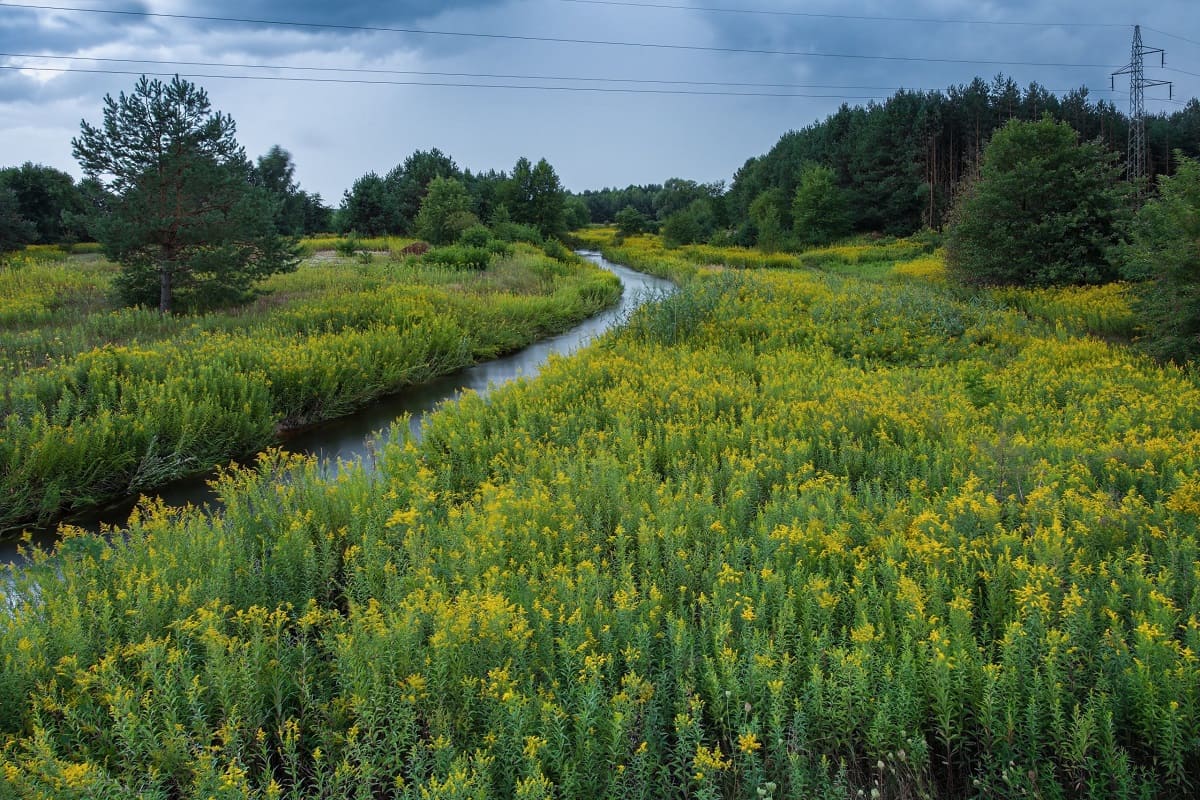
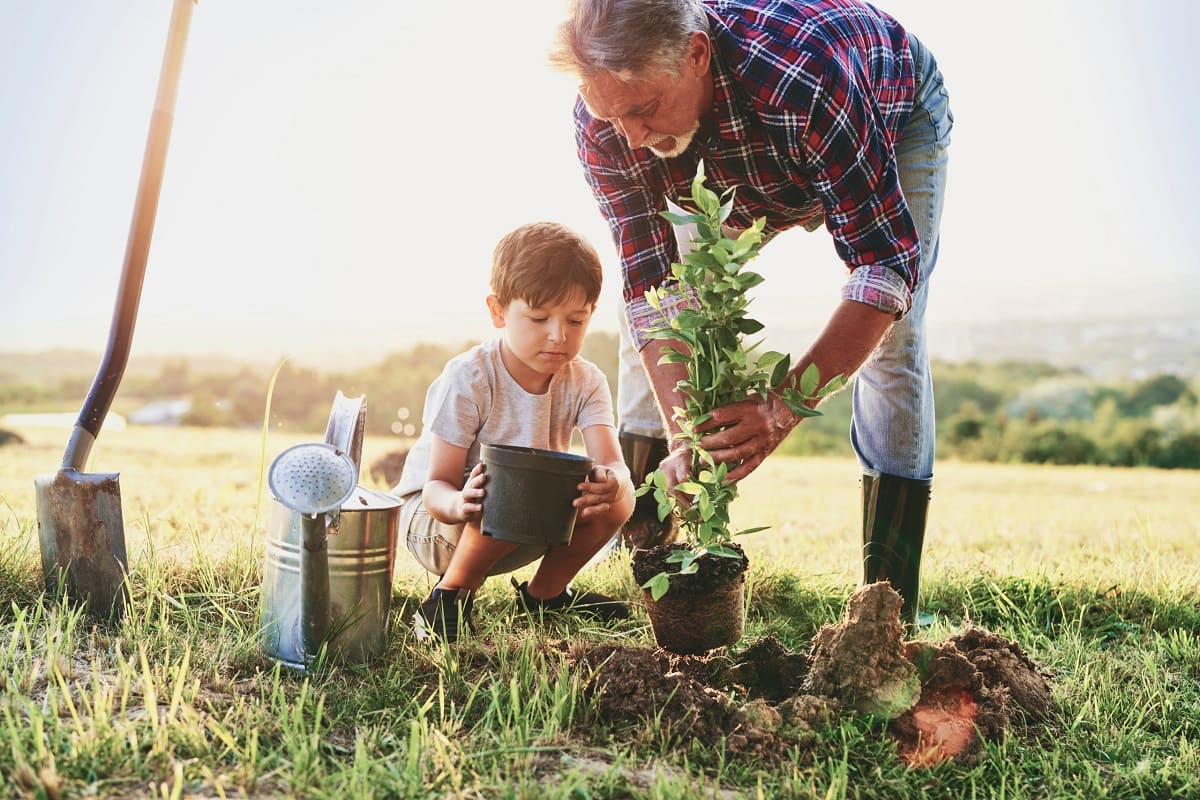

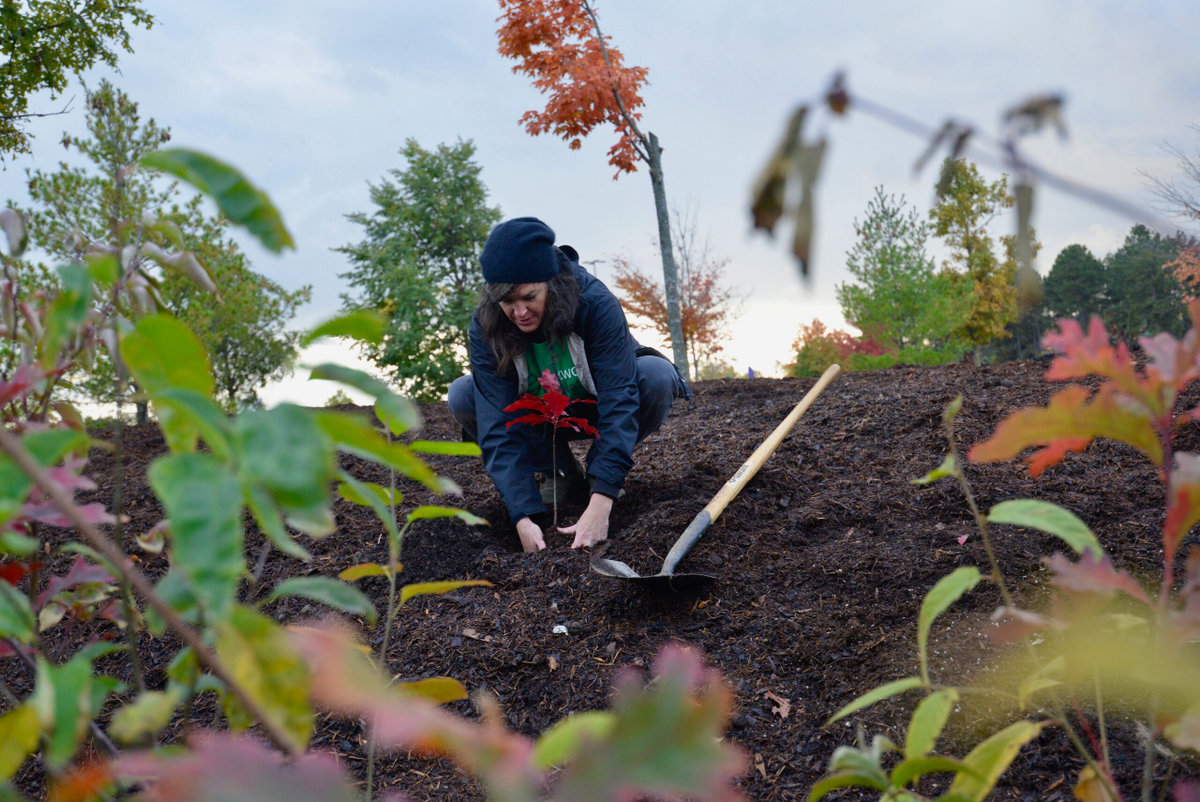
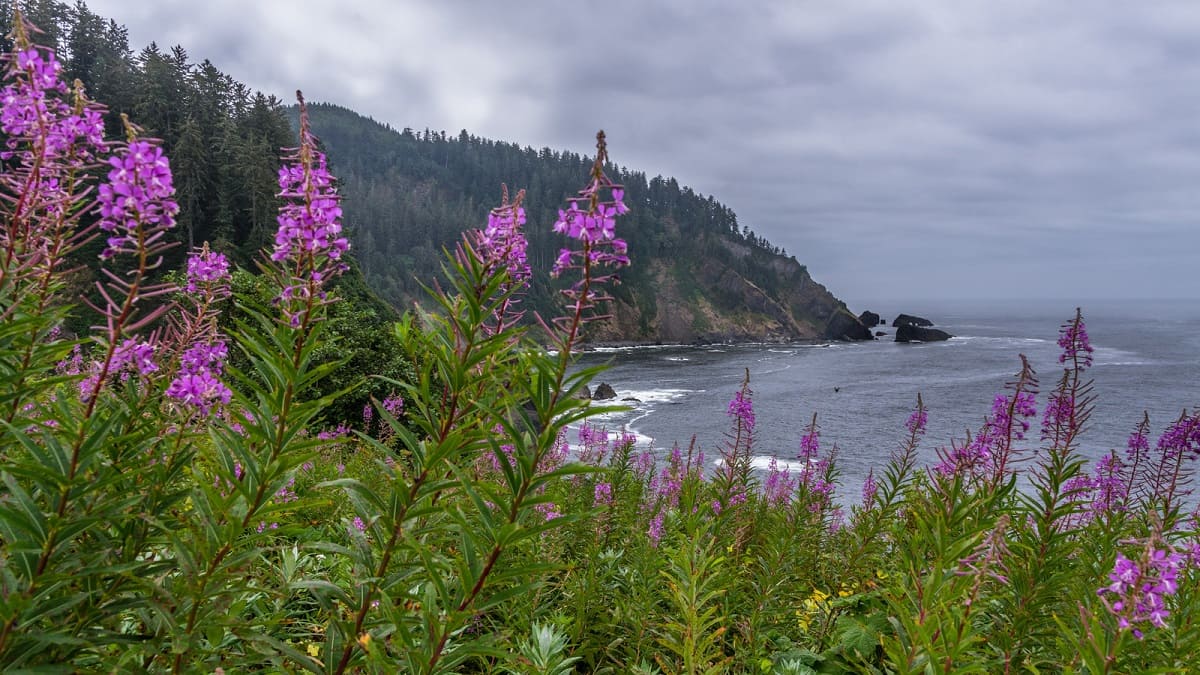
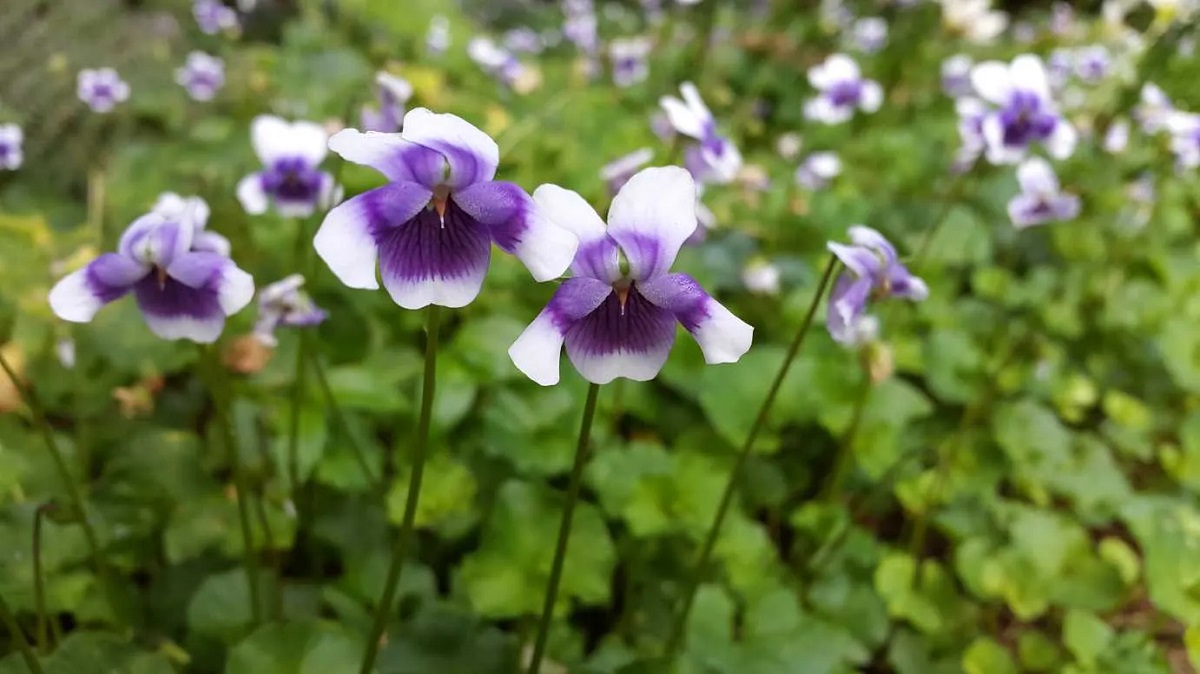
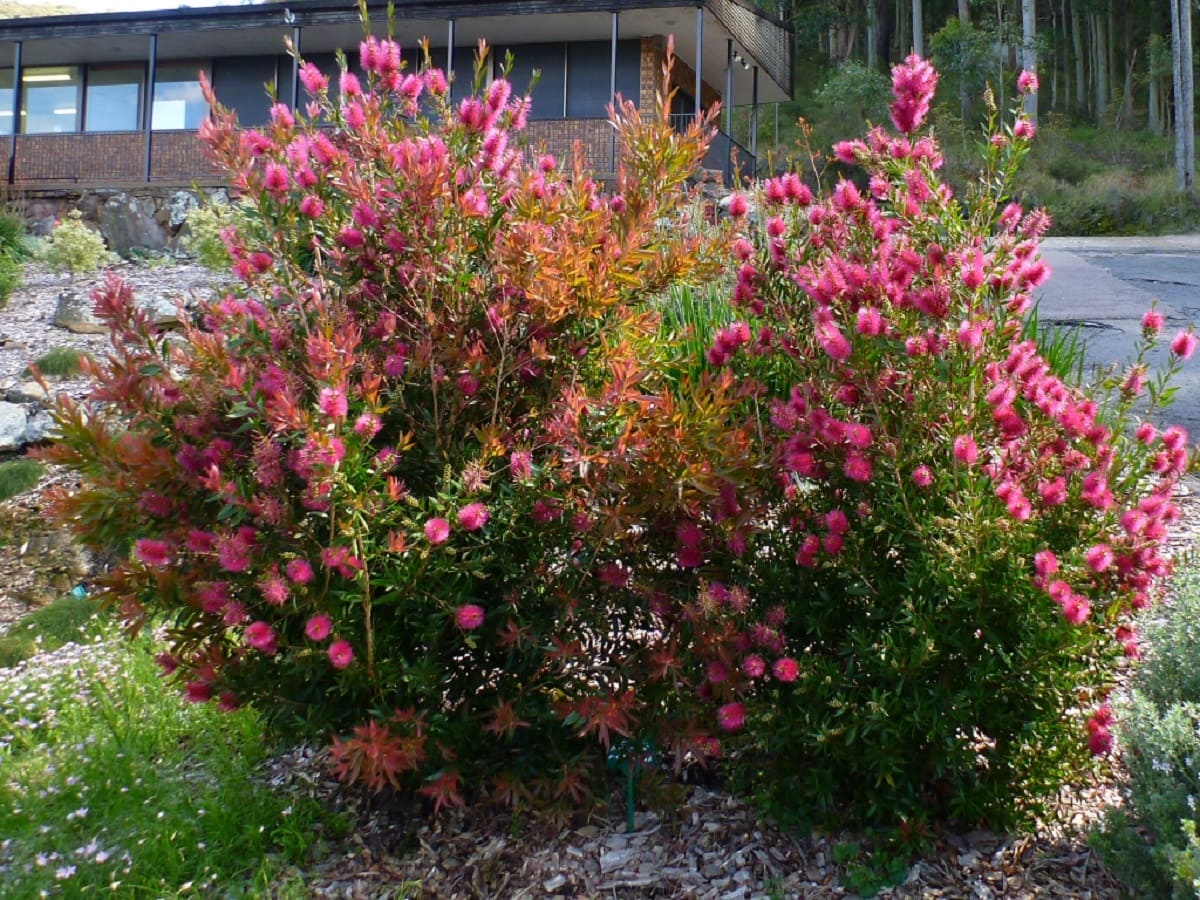
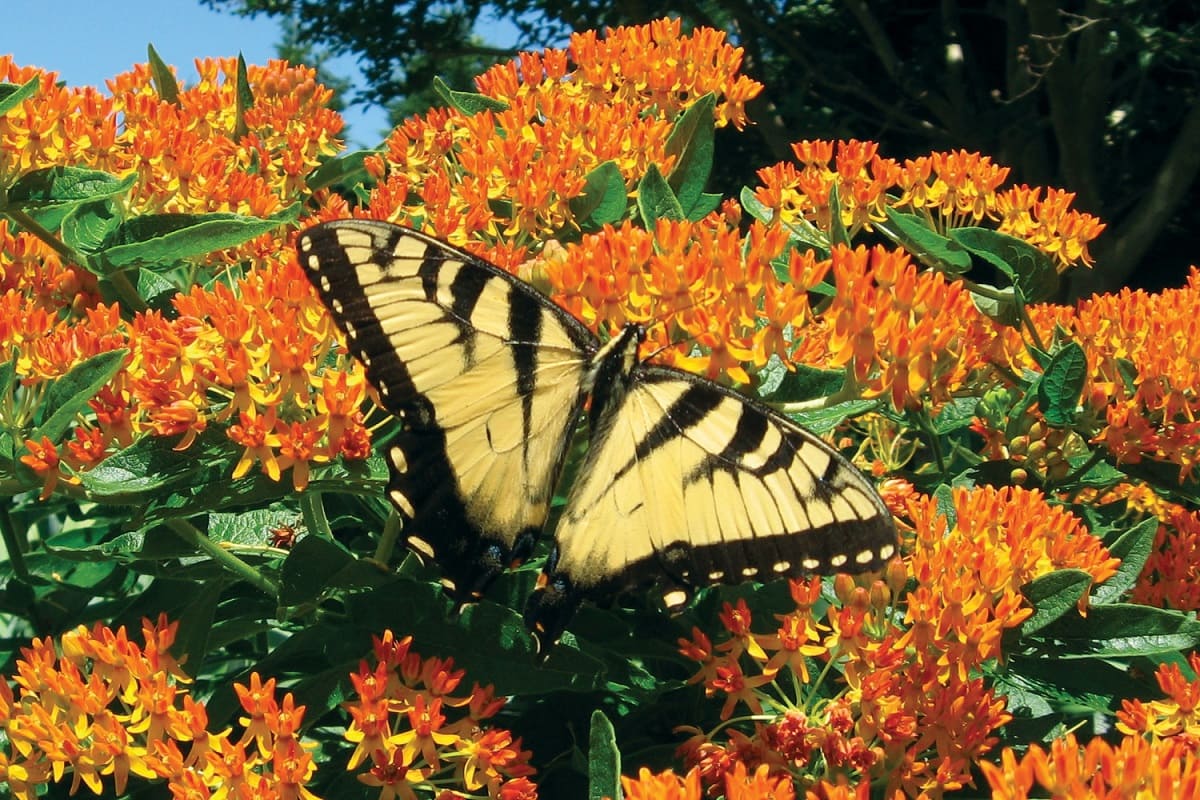
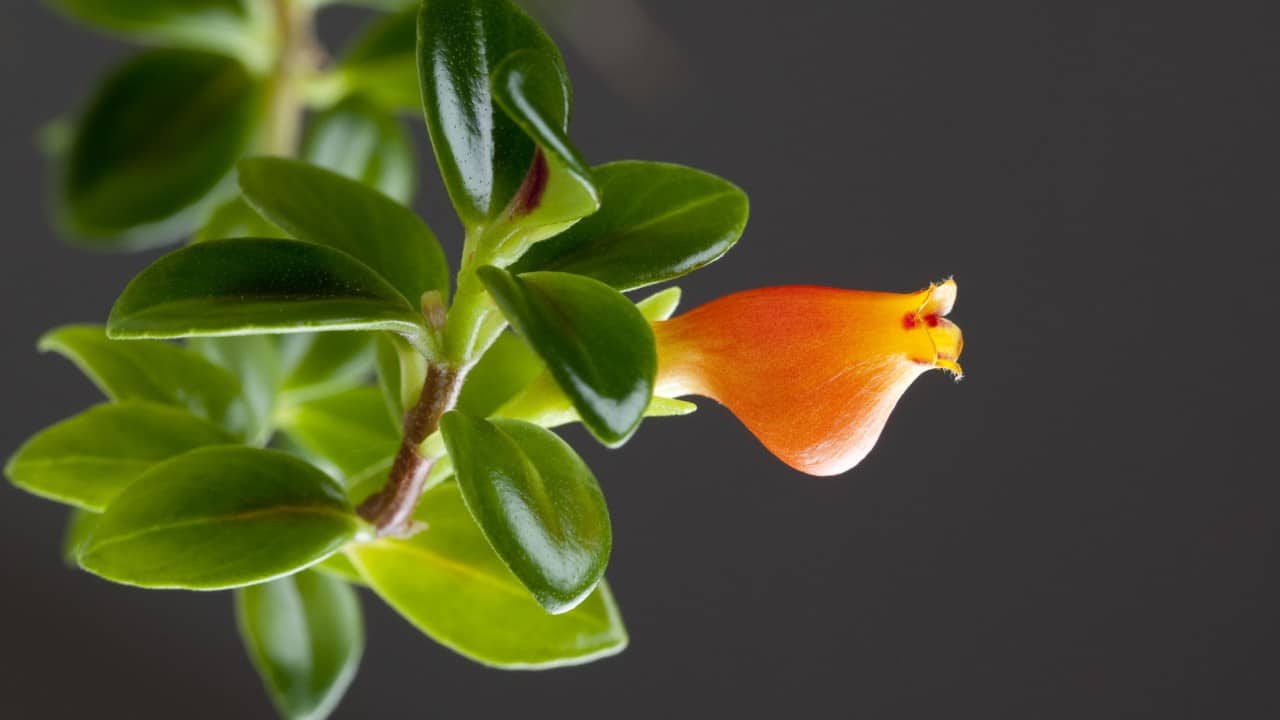
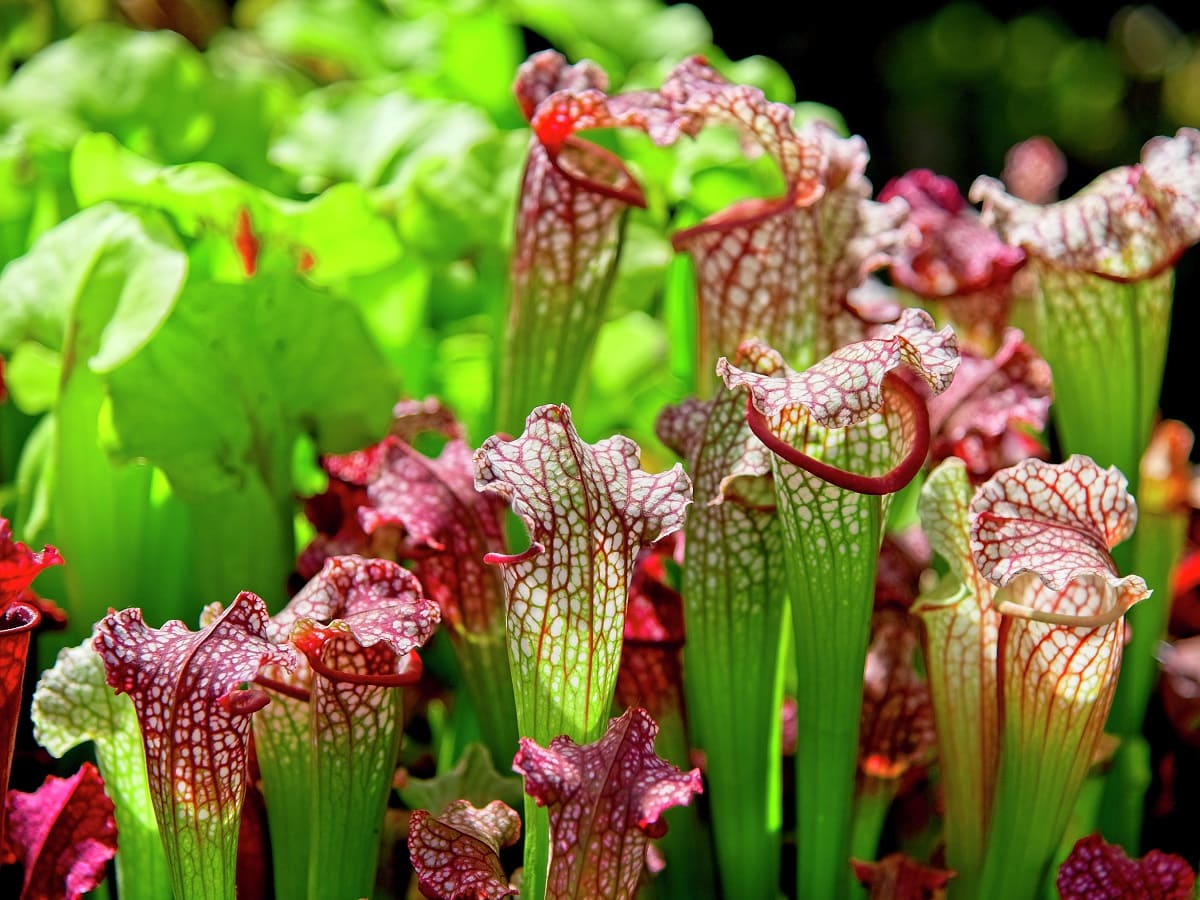
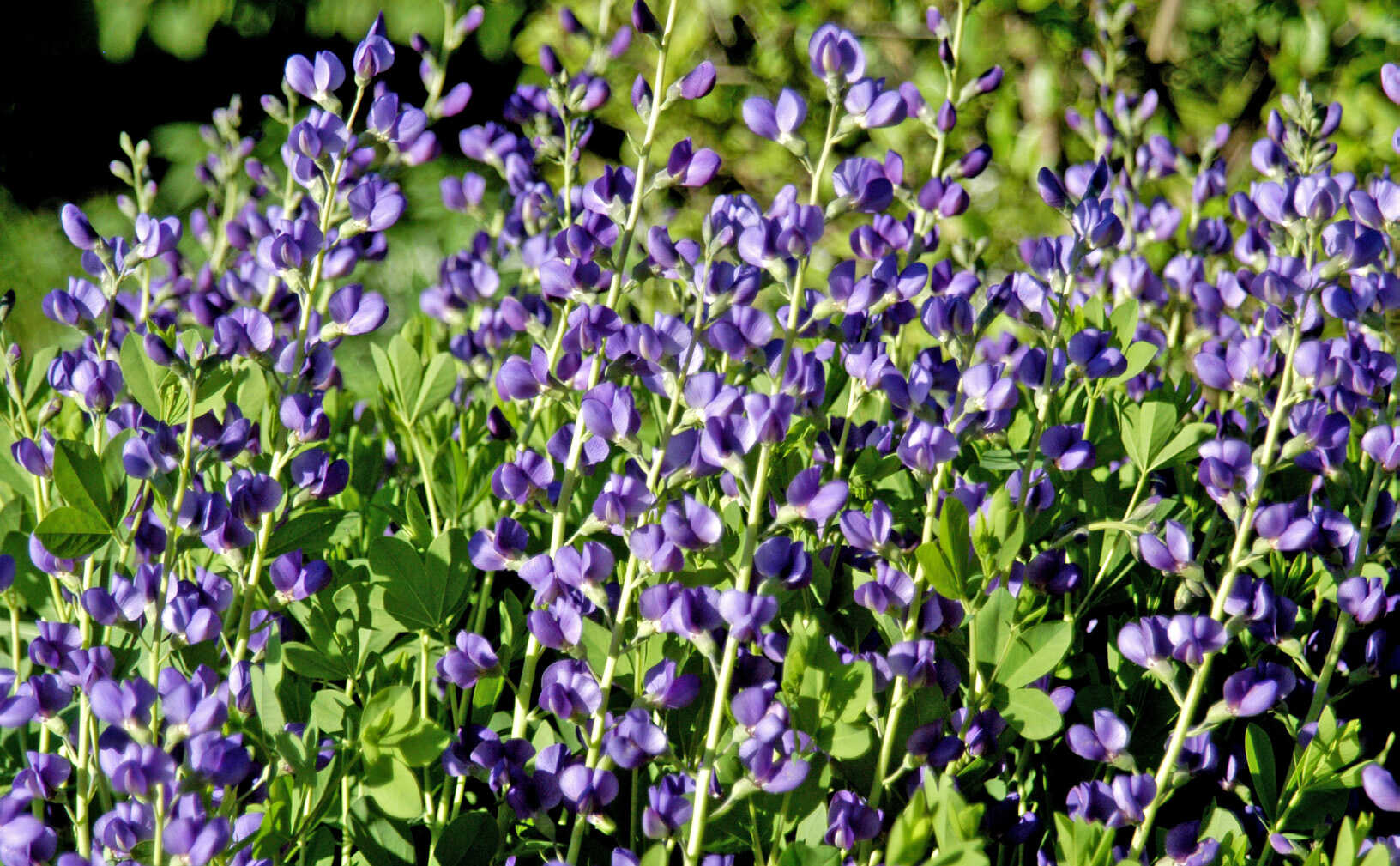
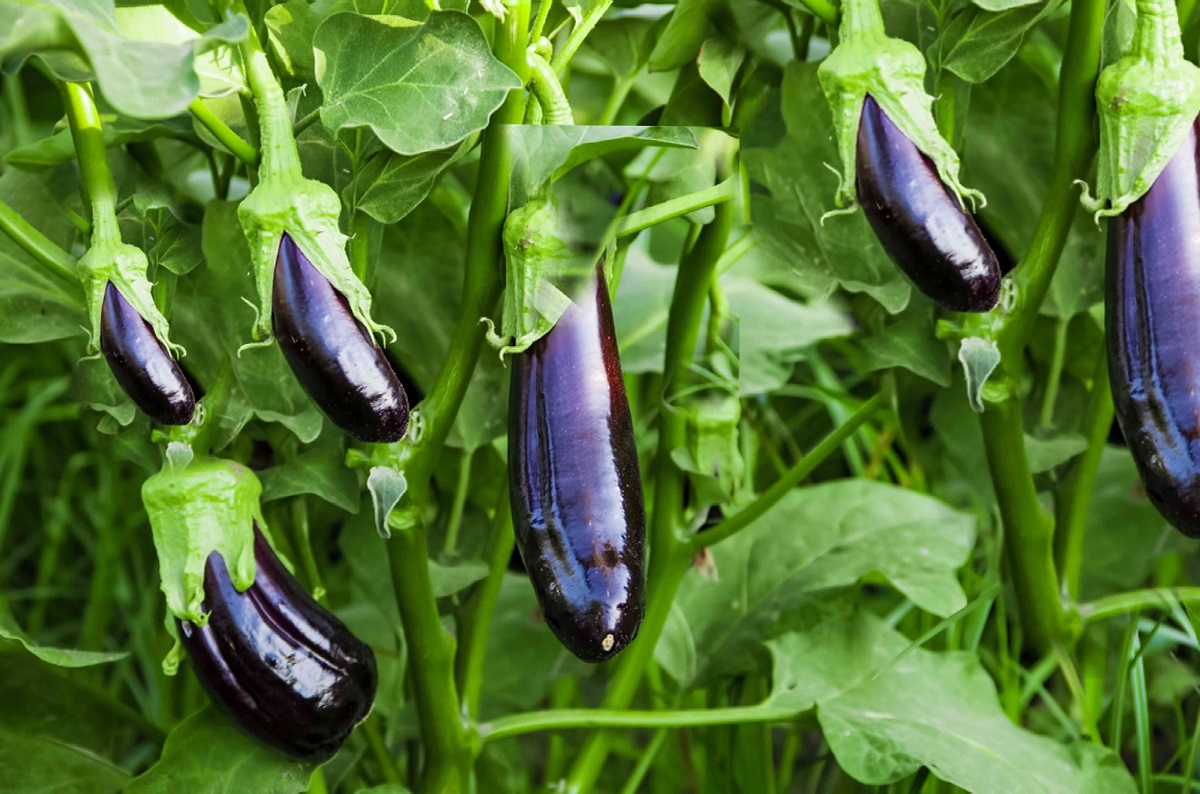
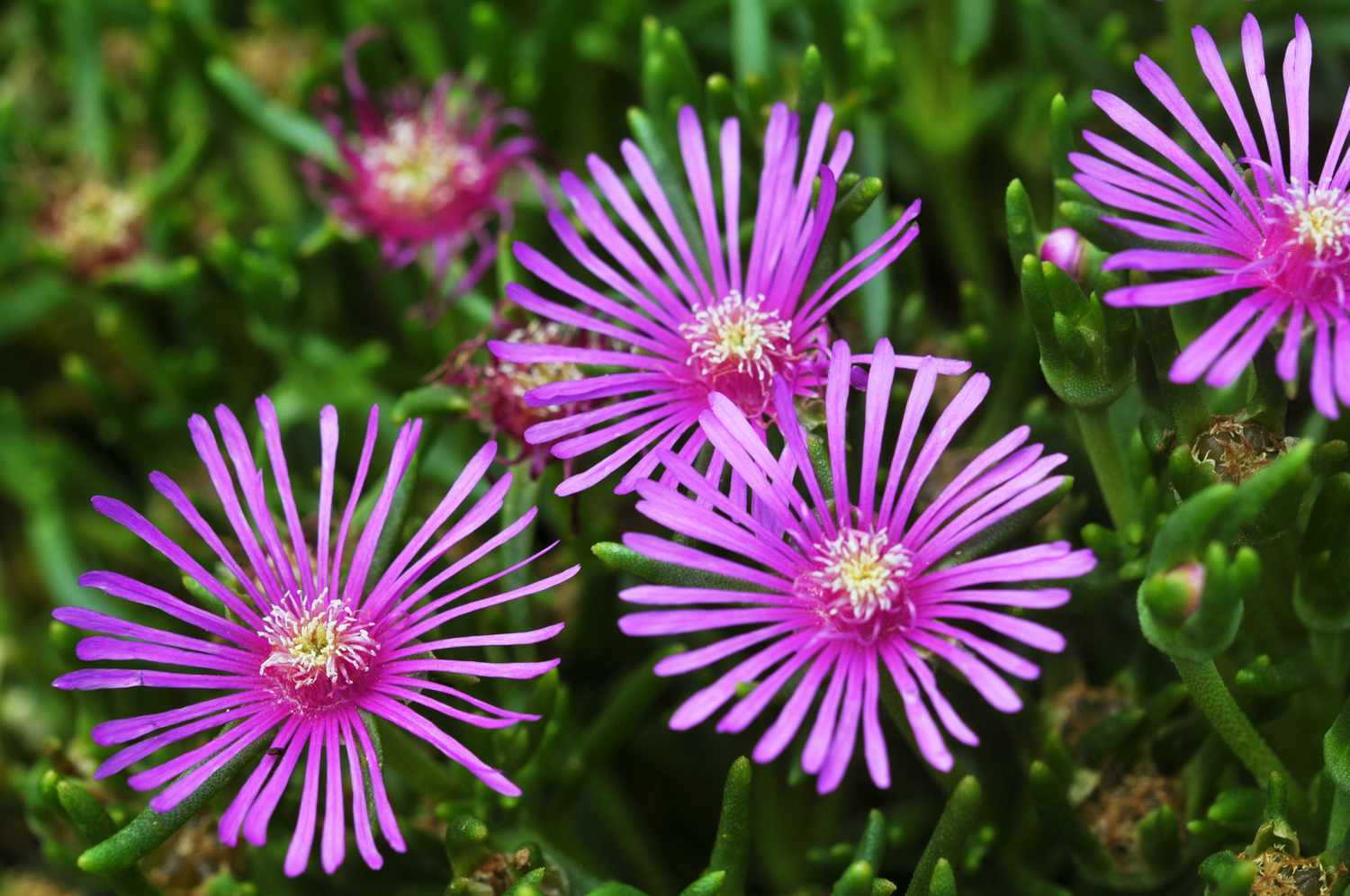
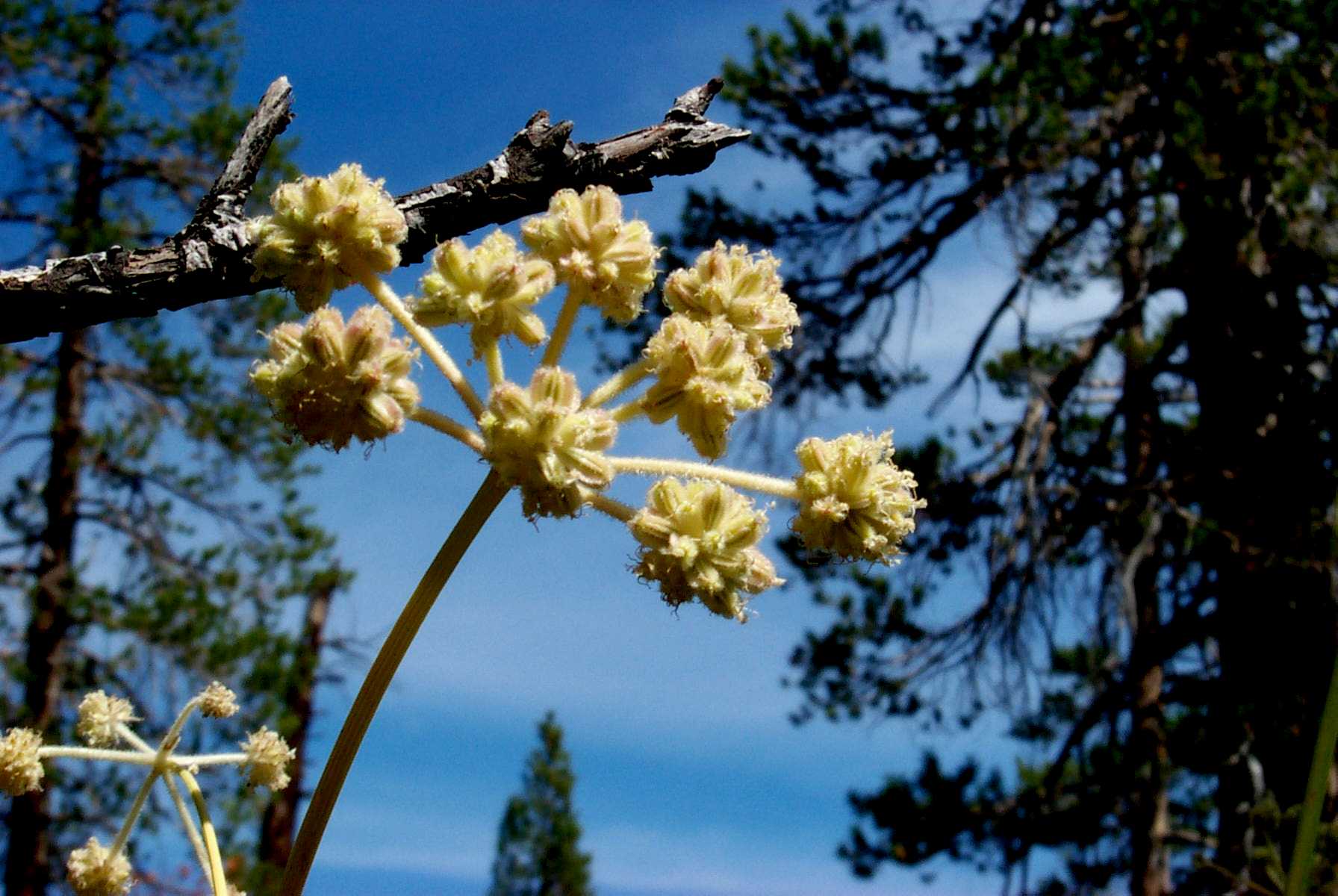

0 thoughts on “How To Plant Only Native Plants In Iowa”